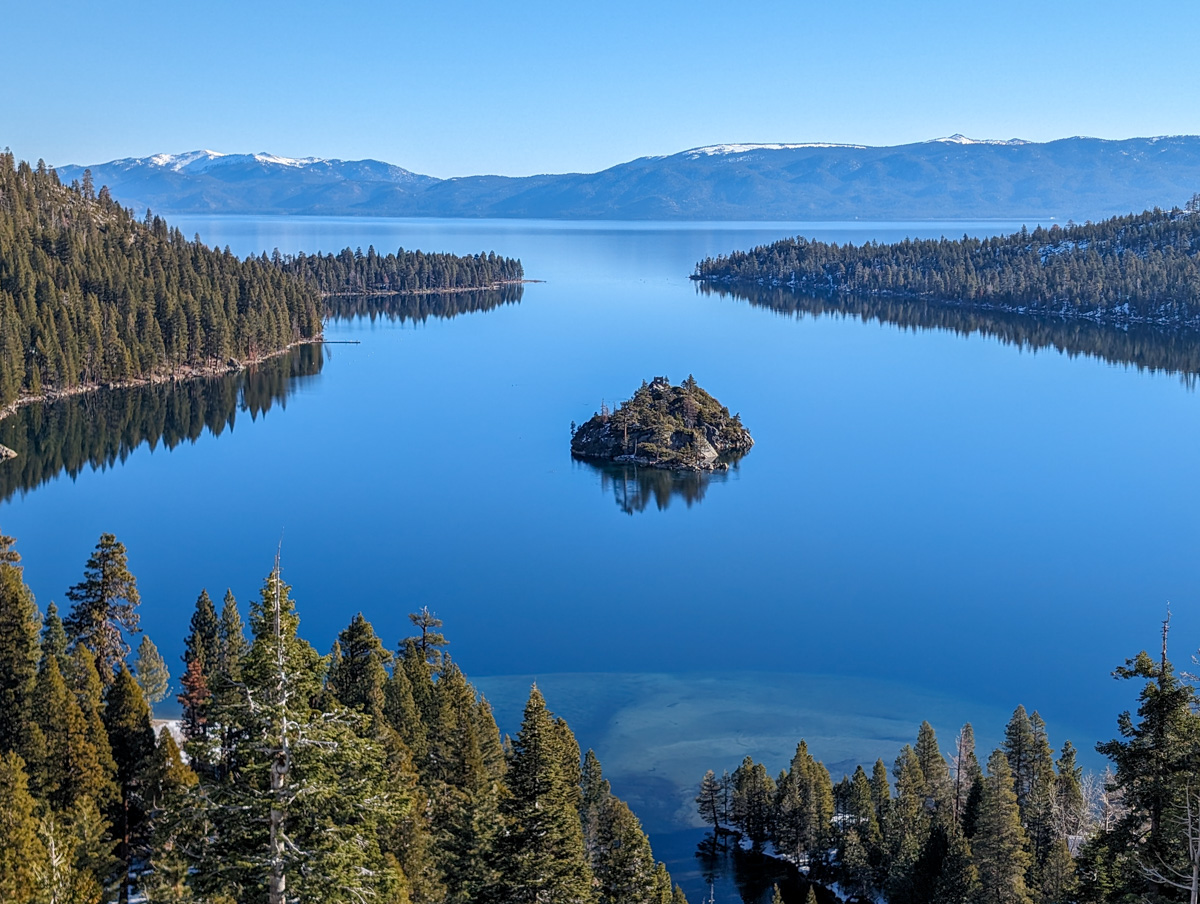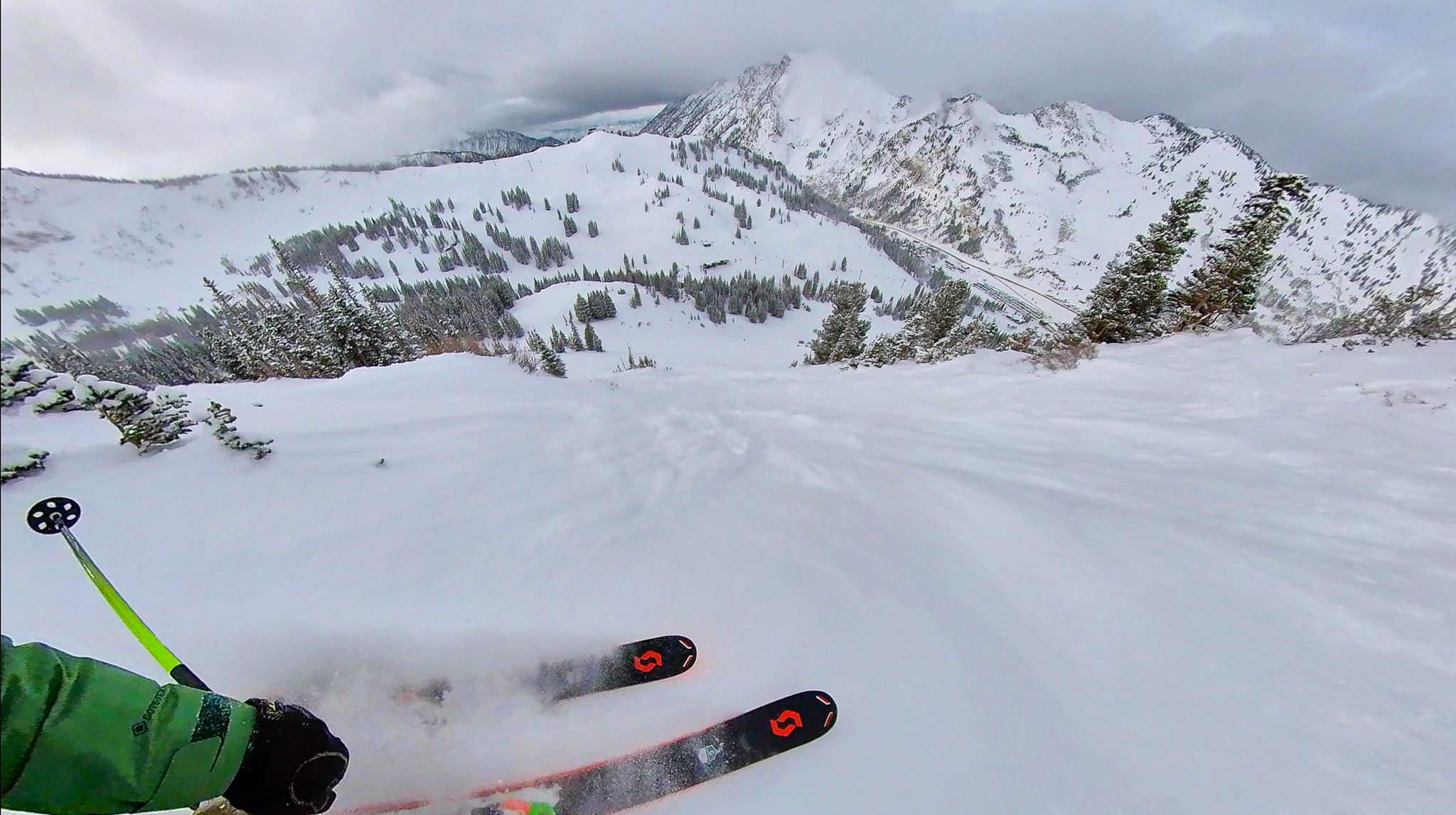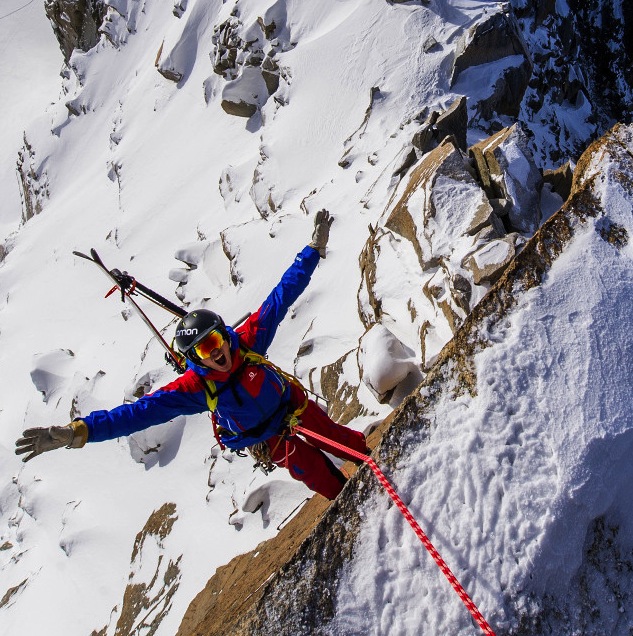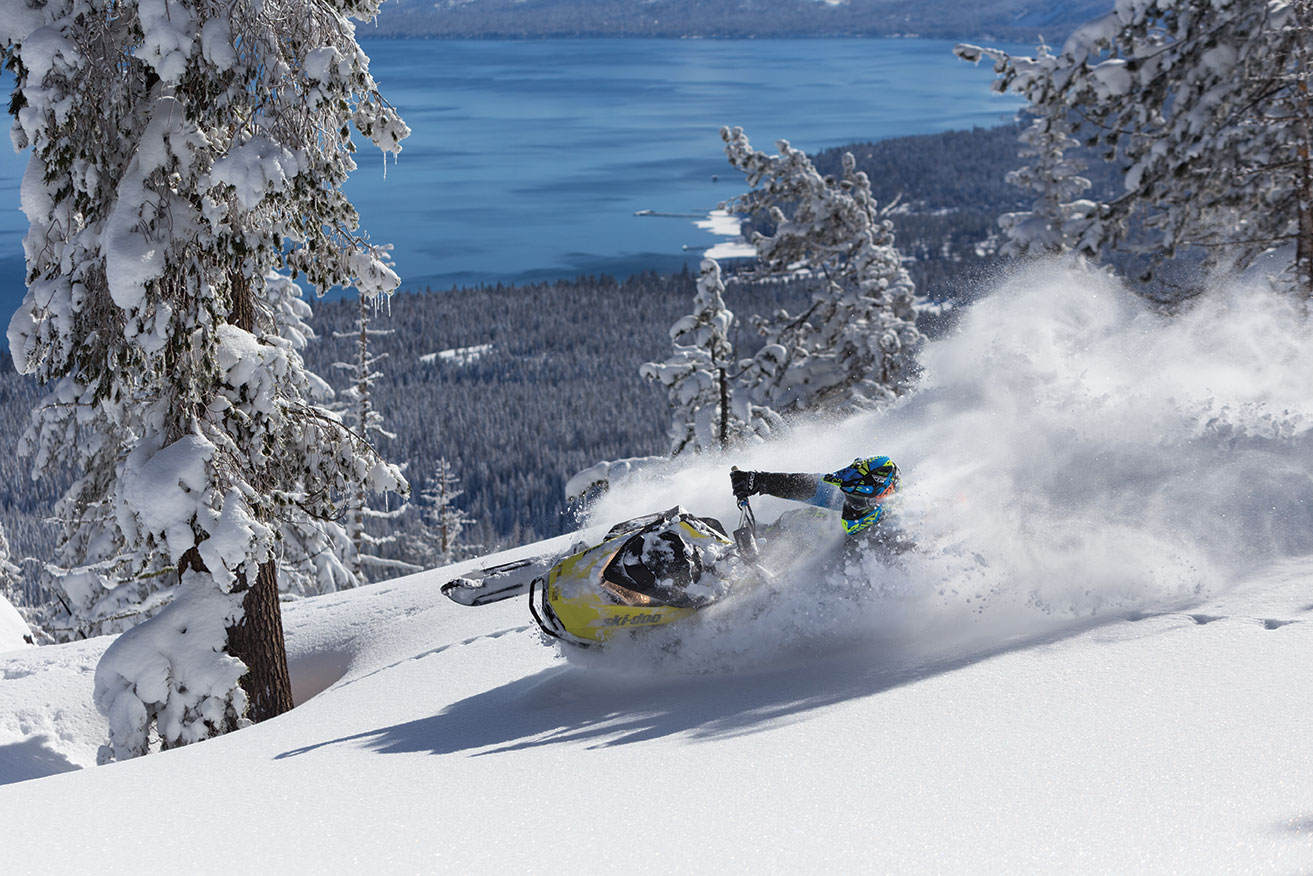
Lake Tahoe, California draws in around 3 million visitors per year, a number that is comparable to the average number of yearly visitors to the Grand Canyon and Yellowstone National Park. With numbers this high, the local community has to deal with management plans that otherwise would not be needed. The most recent management plan to be announced is directed towards winter recreation in the Lake Tahoe basin.
Recently proposed changes to Over Snow Vehicle (OSV) travel areas have fueled a community-wide debate involving both motorized and non-motorized winter recreationists. Starting back in 2011 the USDA Forest Service’s, Lake Tahoe Basin Management Unit (LTBMU) began a winter recreation collaboration project. Multiple winter recreational groups gathered over the next five years to work on creating a new winter zoning plan. The goal was to improve users’ experiences as well as limit environmental impacts. The USDA recently released its finalized Winter Recreation and Over Snow Vehicle Travel Management Proposed Action.
The proposed plan is to open some areas previously restricted to OSV use but close other areas that have been open in the past. One decision that was made was to open urban lots adjacent to forest land that allow OSV use. This will help reduce crowding in parking lots by permitting property owners backed up to the forest to snowmobile directly from their property instead of driving to a trailhead, a major bonus to for locals. Additional plans include grooming for OSV and non-motorized use, designated “playgrounds”, construction of additional parking lots and discussion of new open and closing dates for motorized roads.
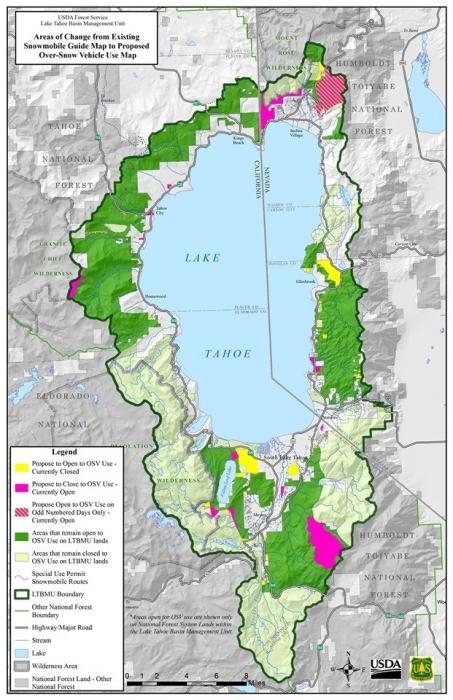
Constructing a project this large undoubtedly triggers overlap of interest between stakeholder groups and finding a balance can be quite difficult. Thankfully all groups involved have been working together to come up with the best possible outcome.
“The impacts are profound for both user groups but for the non-motorized user groups, the proposal will push us out of every single place that we love to go,” said Gail Ferrell, vice president of the non-profit, Snowlands Network, which advocates for the quality of human-powered winter recreation.
“We’ll certainly work with the Forest Service and I think they have some ideas of why they want these areas closed,” said Dennis Troy, the head of Sierra Snowmobile Foundation. “We’ll be digging into that and working collaboratively to find a resolution that appeases everyone. Is everybody going to be appeased? No, but we can obviously get as close as possible.”
Public feedback is encouraged and the LTBMU recently extended the comment period until December 9, 2019. There are also two open houses scheduled this month. The first one is at the Parasol building in Incline Village from 3-5 p.m. on Wednesday, Nov. 13 and the second is at the LTBMU Supervisor’s Office in South Lake Tahoe from 3-5 p.m. on Thursday, Nov. 14.

